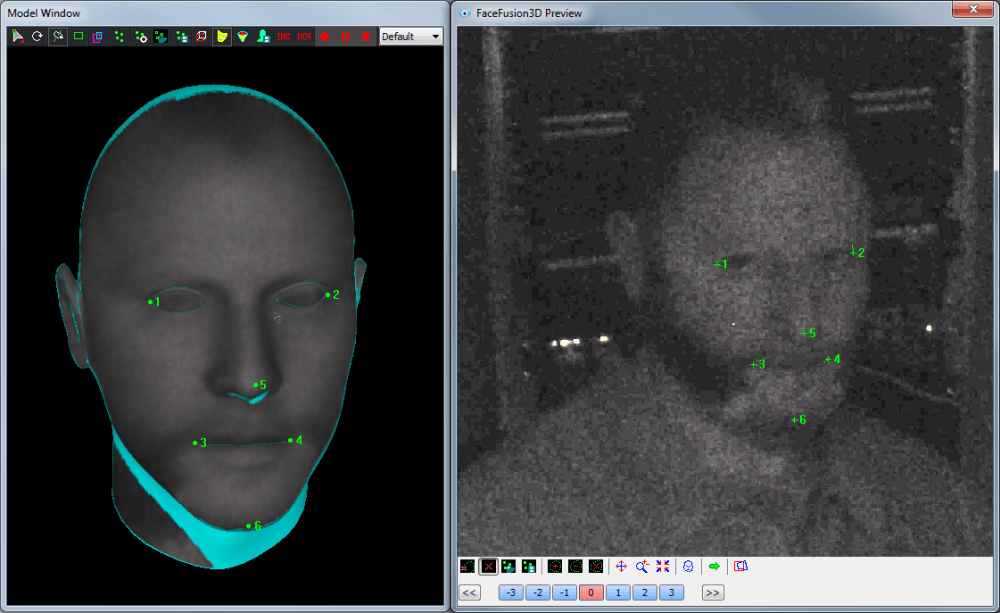Have you ever wondered how you can trust the images you see online? In today’s digital age, where photo editing tools are readily available and fake news is rampant, image authentication software plays a crucial role in ensuring the integrity and authenticity of visual content. In this article, we will delve into the world of image authentication software, exploring its importance, functionalities, and the impact it has on various industries.
What is Image Authentication Software?
Image authentication software is a powerful tool that verifies the authenticity and integrity of digital images. Using advanced algorithms and techniques, it analyzes the image’s metadata, pixel patterns, and other unique characteristics to determine if it has been tampered with or manipulated. By detecting any alterations or inconsistencies, image authentication software helps in identifying fake or doctored images, thus promoting trust and reliability in visual content.
The Importance of Image Authentication Software
In a world where images play a vital role in communication, journalism, and various industries, the need for trustworthy visual content cannot be emphasized enough. Image authentication software addresses this need by providing a robust solution to combat image fraud, ensuring that the images we consume are genuine and reliable. Whether it’s news articles, scientific research, or legal evidence, image authentication software plays a crucial role in maintaining trust, credibility, and accuracy.
Functionalities of Image Authentication Software
Image authentication software is equipped with a range of functionalities to detect tampering and ensure image integrity. Some key features include:
1. Digital Watermarking
Digital watermarking is a technique used to embed invisible and unique identifiers into images. These watermarks act as a digital signature, making it easier to trace the image back to its original source and verify its authenticity. Image authentication software utilizes advanced watermarking algorithms to detect any unauthorized modifications or removal of watermarks.
2. Error Level Analysis
Error level analysis is a technique that compares the error levels within an image to identify potential areas of manipulation. Image authentication software utilizes this analysis to detect discrepancies in error levels, indicating possible alterations or tampering.
3. Forensic Analysis
Forensic analysis involves in-depth examination of image metadata, pixel patterns, and other forensic indicators to determine authenticity. Image authentication software employs forensic analysis techniques to uncover any hidden information, detect image manipulations, and ensure the integrity of the visual content.
Impact on Various Industries
The impact of image authentication software extends to various industries, where visual content plays a crucial role. Let’s explore some examples:
1. Journalism and Media
In journalism and media, image authentication software helps in verifying the authenticity of news images. By detecting fake or manipulated images, it ensures that accurate information is conveyed to the public, promoting trust and credibility in news reporting.
2. Law Enforcement and Legal Proceedings
In law enforcement and legal proceedings, image authentication software plays a vital role in verifying the integrity of visual evidence. By ensuring that images have not been tampered with, it helps in maintaining the fairness and reliability of legal processes.
3. E-commerce and Advertising
In the world of e-commerce and advertising, image authentication software promotes trust and transparency. By detecting any image manipulations or misrepresentations, it helps in preventing fraudulent practices and ensuring that customers receive genuine products and services.
Conclusion
Image authentication software is a powerful tool that ensures trust, reliability, and security in the digital age. By detecting image tampering and ensuring the integrity of visual content, it plays a crucial role in various industries, including journalism, law enforcement, and e-commerce. As we navigate the vast ocean of digital images, let us embrace the power of image authentication software to promote authenticity and trust in our visual experiences.




